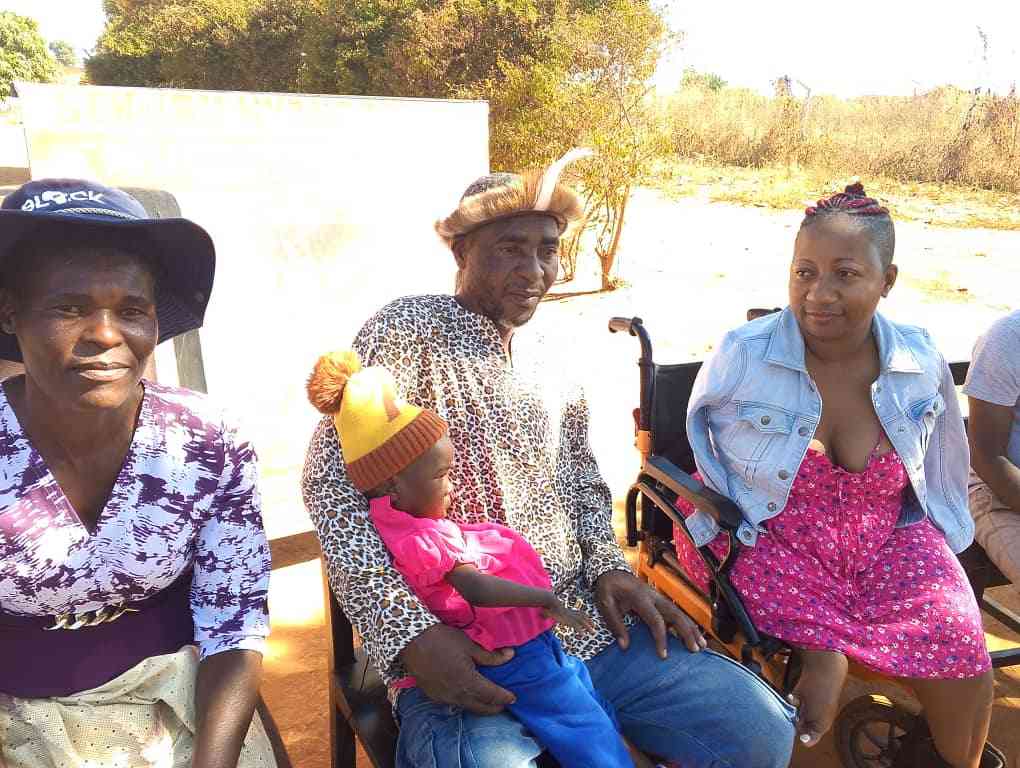
environment:By Kennedy nyavaya
In a refreshing judgement last week, Cape Town (South Africa) High Court crushed advances by the city’s authorities and their business partners to develop urban structures on the Phillipi Horticultural Area (PHA) some 20km from the city centre.
The welcome verdict was of particular importance to the PHA Food and Farming Campaign, a group of activists that have for years contested advances to develop on 3 000 hectares of fertile land that not only produces half of the city’s food, but sits on top of an aquifer that could the answer to the city’s future water woes.
The judge’s decision is said to have come after findings that neither the City of Cape Town nor the provincial government considered the full environmental impact of development on the Cape Flats Aquifer in the Philippi Horticultural Area.
During my visit to Cape Town as part of a journalism fellowship last November, I could see PHA campaign chairperson Nazeer Sonday’s frustration when he spoke about the challenges they were facing in trying to protect the land for the past decade.
According to Sonday, who owns a two-hectare organic farm on the PHA, and collaborators, theirs is a quest to protect the city’s food and water supply although the majority of people are either unaware or only got to know, albeit without much interest, recently as a result of the court proceedings.
True to his sentiments, I and a Mozambican colleague later found out, through a snap street survey, that a significant number of the tourist city’s residents are unaware of PHA’s function in their lives.
“Generally people in the city are ignorant of where their food comes from. They think their food comes from a supermarket shelf or fridge and this is a problem globally. People who are living in the cities do not understand really where their food comes from and why it is important for them to know this,” said Sonday.
- Chamisa under fire over US$120K donation
- Mavhunga puts DeMbare into Chibuku quarterfinals
- Pension funds bet on Cabora Bassa oilfields
- Councils defy govt fire tender directive
Keep Reading
“This is a problem globally (because) people who are living in the cities do not understand really where their food comes from.”
His words triggered thoughts in my head about the chaos back home particularly when one looks at Harare and its neighbouring towns of Chitungwiza, Norton and Ruwa.
There have been a lot of environmental violations in these places and many more mainly affecting wetlands and what used to be prime agriculture land on the city outskirts.
Similar to the Cape Town stand-off, but ours is more dire and compulsive because of a hypocritical municipality as well as government authorities and a lax justice system.
Environmentally sensitive spaces are being sold for urban development by the powers-that-be in what has become both a quick money-making scheme and misdiagnosis of the country’s hectic urban infrastructure situation.
Those houses sitting on the Monavale Vlei, for example, are just an example of the deep-rooted institutional rot in the capital and country in general.
Meanwhile, it is always a sickening thought of how law enforcement agencies are quick to punish victims instead of the actual perpetrators (politicians and land barons) of the corruption.
No one would buy land in an environmentally unsuitable area if there was no one selling.
We have seen destruction of illegal structures on unsanctioned land time and again, but that has not done much to curtail the menace because nothing happens to those abusing office by giving the green light to such activities for either political clout or financial gain.
The powerful do get away with too much in our society. In fact, they get away with incompetence and are in most cases complicit in all the environmental injustices we witness daily.
While the Environmental Management Act is structured to provide among other things the: “…sustainable management of natural resources and protection of the environment; the prevention of pollution and environmental degradation…”, the same piece of piece of legislation, apart from providing for creation of authorities like the Environmental Management Agency (EMA), gives power to the president, minister with environment jurisdiction and the law enforcement to set strict measures in the interest of the environment.
Under section 110 of the Act, for example, President Emmerson Mnangagwa has the prerogative to set aside areas of Communal Land for environmental purposes.
His ministerial appointee, Mangaliso Ndlovu in this case, may through section 114 make an order for protection of environment.
The same applies for the law enforcers cited as the “Inspector” in section 115 of the Act.
“Inspector may make order for protection of environment (1) If an inspector considers that it is necessary to act immediately for the protection of the environment, he may serve an order in writing on the owner, user or occupier of any land or premises requiring that owner, user or occupier to take such measures as may be specified in the order for the prevention of harm to the environment.”
This means that apart from negligent city authorities, the state, through its institutions all the way up to the executive, has let us down big-time.
The impact of their errors of omission may seem a farfetched hazard now, but the constant destruction of the ecosystem has left citizens struggling to get potable water and also having to access fresh food further away from the city which also means increase in prices.
This poses a question as to whether we are aware where our food comes from and whether or not we should continue to sacrifice our sustenance for unsustainable roofs over our heads.
It’s time for us as citizens to take stock on our efforts towards environmental protection and bring both ourselves and those in positions of authority to account for the future’s sake.
l For feedback, email: [email protected]











